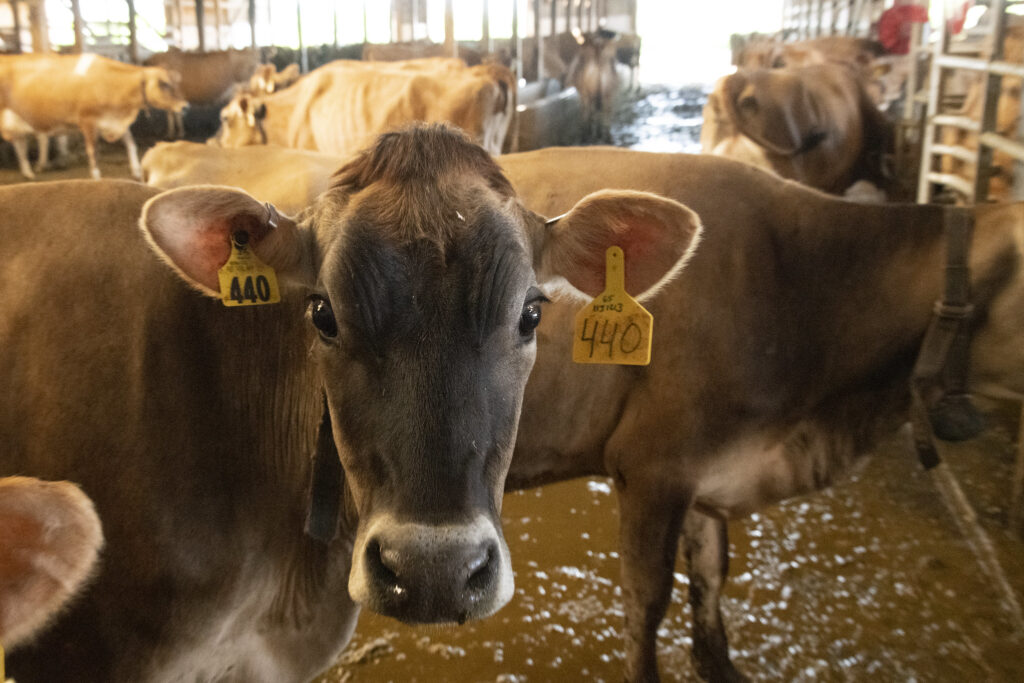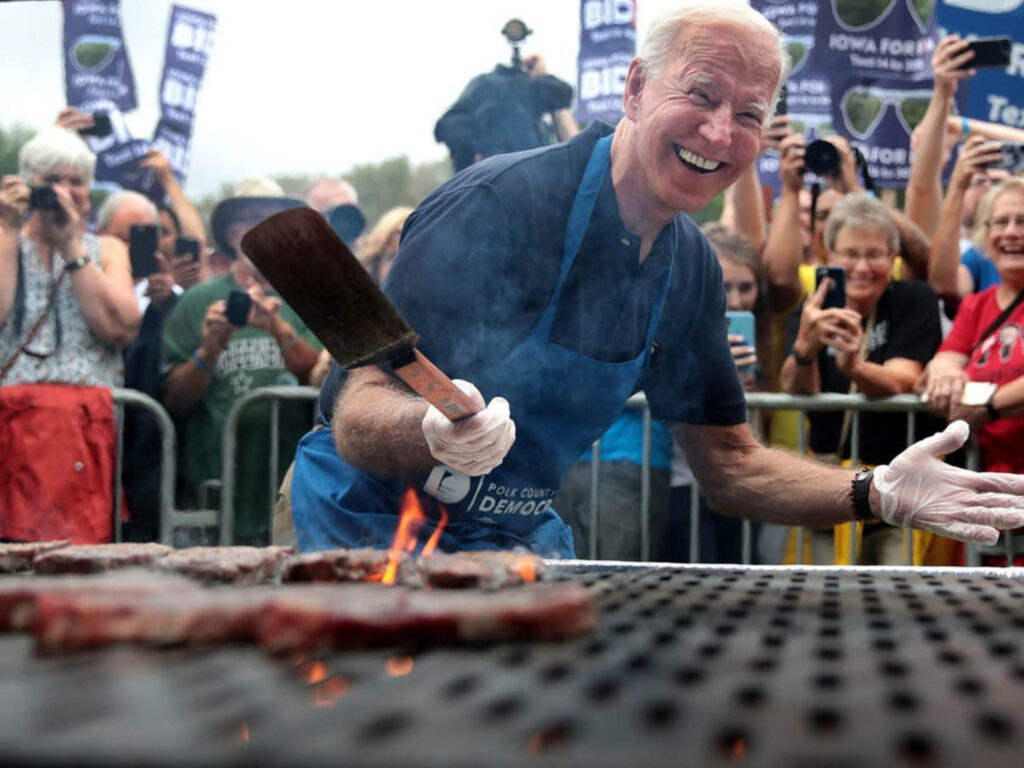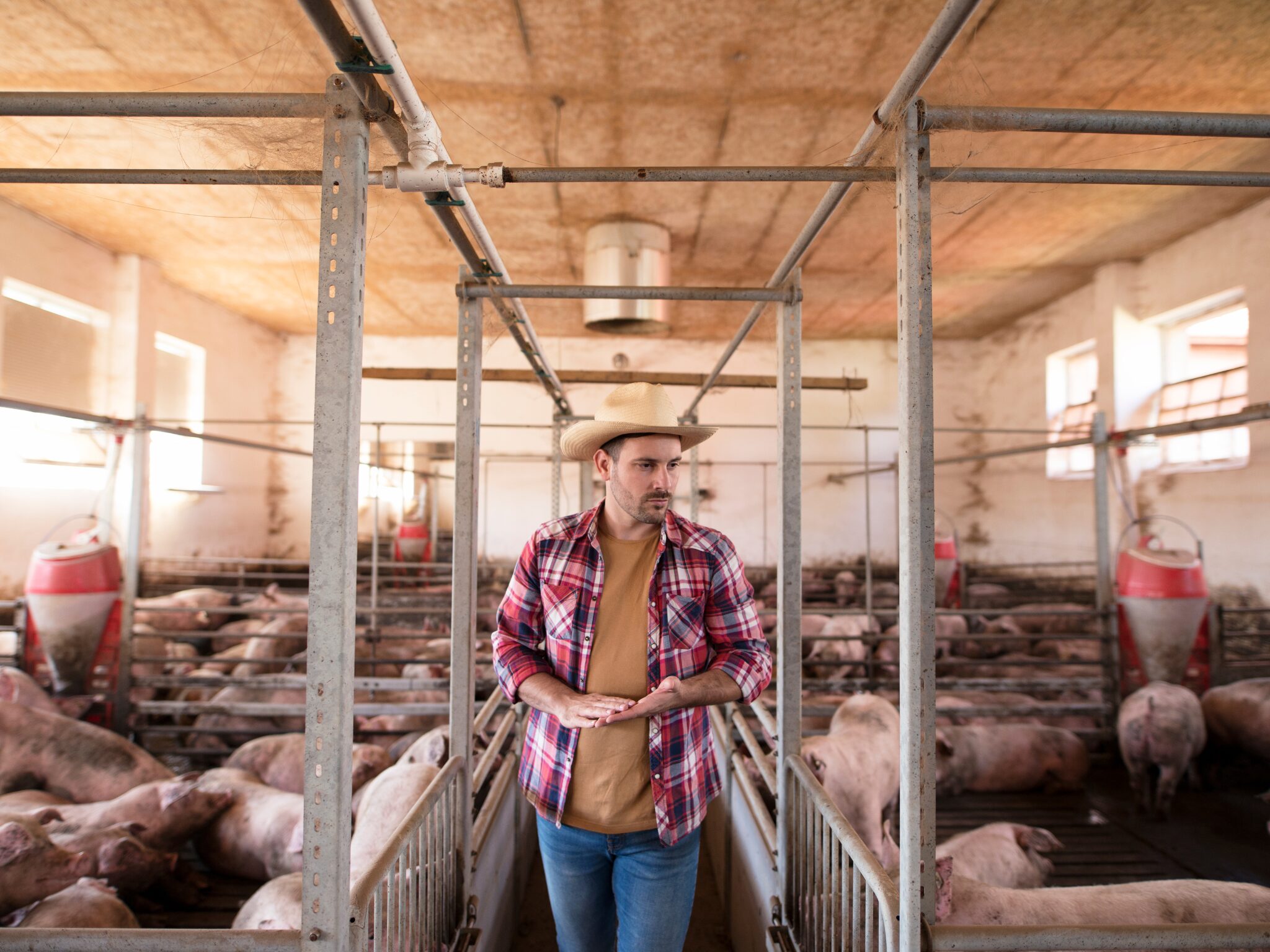63% of the USDA’s Climate-Smart Funding Goes to Farming Practices That Don’t Cut Emissions
5 Mins Read
The US Department of Agriculture’s (USDA) funding for climate-smart agriculture is flawed, with 63% going to farming practices that don’t reduce – or actually increase – greenhouse gas emissions, a new report has found.
In September, the USDA announced a $3B fund for ‘climate-smart’ agricultural practices, but $1.9B of that is going into projects that don’t reduce greenhouse gas emissions, according to a new report by the Environmental Working Group (EWG).
The non-profit analysed the Environmental Quality Incentives Program (EQIP), one of the USDA’s largest conservation initiatives, which pays farmers billions of dollars to implement conservation methods for emissions reductions or carbon sequestration. This scheme is about to get more money, with the Inflation Reduction Act (IRA) set to invest $8.45B in EQIP between 2023 and 2026.
However, a portion of this money will be spent on practices that the USDA’s conservation agency the Natural Resources Conservation Service has labelled as “provisionally climate-smart”, which means there is no data showing that these projects can actually reduce emissions, so they don’t have any proven climate benefits.
“As the climate crisis deepens, the USDA owes Americans meaningful action to cut emissions,” said EWG Midwest director and study lead Anne Schechinger. “Instead, the agency has decided to create an alternate reality where certain farming practices are called ‘climate-smart’ without data to support that designation – corrupting efforts both to reduce agricultural emissions and to accurately measure what taxpayers are getting for their money.”
More than half of funds for climate-smart farming go to unproven solutions

Between 2017 and 2022, EQIP spent $5.5B on all farming practices, but only $1.7B (31%) went to 45 practices that were on the 2023 climate-smart list. Most of these – like cover crops, grassed waterways, and nutrient management – have been proven to cut emissions or sequester carbon in the soil. But this year the USDA has added 15 more practices to that list, which are the ones described as “provisionally” climate-smart. This has doubled that figure to $3.47B – or 63% of all EQIP spending.
The problem is that more than half (eight) of the new practices relate to livestock or irrigation management. Over 10% of the US’s emissions come from agriculture, a large chunk of which is a result of the methane and manure produced by livestock farming.
In the US, almost all chickens and pigs (and 70% of cattle) are kept confined in concentrated animal feeding operations – essentially, factory farms – and some of the practices that the USDA’s climate-smart funding is headed towards further encourage this, including installing fences to contain animals, and the construction of waste storage facilities.
The Environmental Protection Agency has already been sued over waste from CAFOs entering the waterways and polluting the supply. What complicates matters is that building waste storage facilities actually increases GHG emissions, according to the USDA’s own data.
Between 2017 and 2022, over $252M went towards their construction – this directly goes against the IRA’s funding criteria, which says the $8.45B should only go to EQIP practices actively reducing emissions or sequestering carbon. This is why the EWG says calling these practices climate-smart, whether provisionally or otherwise, is “problematic”.
“The USDA is essentially encouraging more livestock production, making it cheaper by subsidizing activities on these farms,” Silvia Secchi, an agriculture and water sustainability researcher at Iowa University, told the Guardian. “We’re going to see the expansion of dairy operations, like in Iowa. What that means is all the climate benefits are going to be countered by the expansion of these facilities. So I wouldn’t call this ‘climate smart’.”
Livestock farmers in the US already benefit from subsidies, with public funding towards animal agriculture being 800 times higher than what goes into the alternative protein sector, despite vegan diets having been shown to reduce emissions, water pollution and land use by 75% compared to meat-rich diets.
Fixing climate policy key for Biden ahead of November

“The USDA should immediately remove all so-called provisional practices from its climate-smart list,” said Schechinger. “And the IRA should not fund these practices until there is proof that they actually reduce greenhouse gas emissions.”
The NRCS has confirmed that it will study these provisional practices in 2024 to evaluate their climate impact. If it does not find benefits, it said these projects will be removed from next year’s climate-smart list. But, in the meantime, they will continue to be adjudged as planet-friendly, and hence receive IRA funding.
In response, the USDA has refuted the report. “EWG did not take into account the rigorous, science-based methodology used by USDA to determine eligible practices, nor the level of specificity required during the implementation process to ensure the practices’ climate-smart benefits are being maximized,” USDA spokesperson Allan Rodriguez told the Guardian. “As a result, the findings of this report are fundamentally flawed, speculative, and rest on incorrect assumptions around USDA’s selection of climate-smart practices.”
In January, USDA chief Tom Vilsack was sent a letter by more than 250 climate, nutrition and food experts and organisations, who called on him to address the country’s heavy meat consumption as a climate mitigation strategy. It’s a major talking point ahead of November’s elections in the US – research has shown that US voters’ opinion on climate change can swing elections, with nearly two-thirds of them worried about the threat of the crisis to their communities.
While Joe Biden’s climate policies rightly leave the administration open to plenty of criticism, there are fears that a re-election for Donald Trump (who is marginally leading in polls at the time of writing), means “game over” for the fight against climate change.
If elected, the Republican (who pulled the US out of the Paris Agreement before Biden rejoined upon taking office) is expected to take more extreme measures this time around, including propelling fossil fuel production (despite the resolution at COP28 to transition away from these energy sources, which are the top contributors to climate change), casting away mainstream climate scientists, and overturning emission reduction regulations.
The USDA’s ‘climate-smart’ policy isn’t turning out to be as smart – getting its house in order is a huge priority, both for Biden and the climate.




